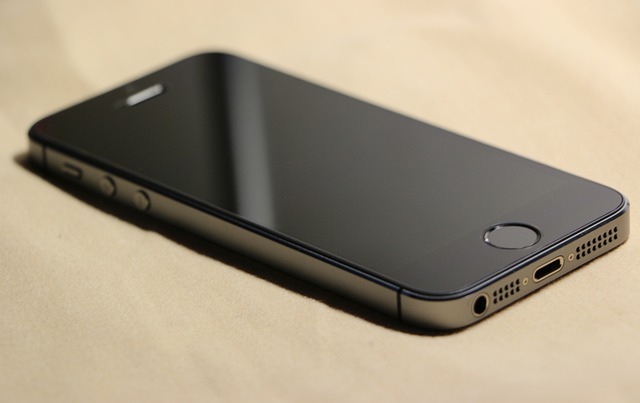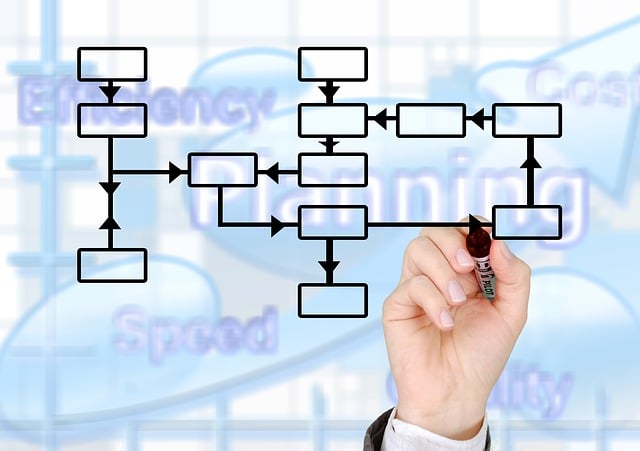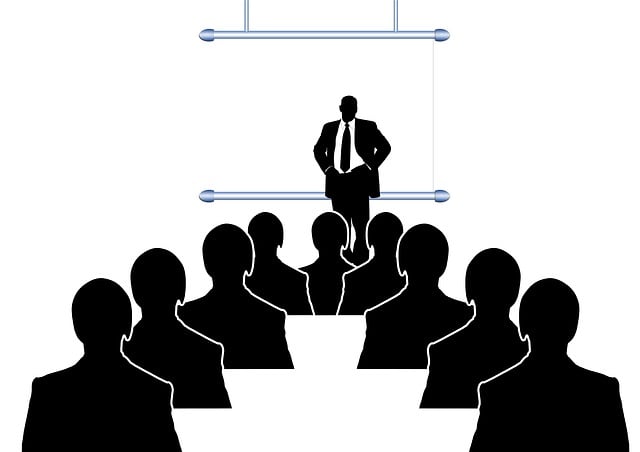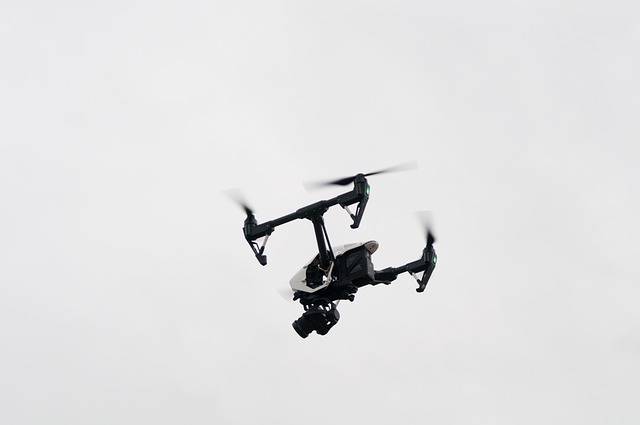The 5S Methodology is a powerful lean management tool transforming chaotic workspaces into efficient, organized environments. Involving sorting, setting in order, cleaning (shining), standardizing, and sustaining, it promotes visual management, enhances productivity, improves safety, and cultivates organizational culture across industries. Integrating 5S training into daily housekeeping dramatically improves efficiency by eliminating waste and streamlining processes, with process standardization ensuring consistent execution. This structured approach fosters continuous improvement, reduces employee frustration, boosts morale, and drives operational excellence in today's competitive business environment. By adopting the 5S continuous improvement cycle of sort, set in order, shine, standardize, and sustain, organizations can achieve exceptional cleanliness, safety, and efficiency while cultivating a culture of quality and excellence.
“Unleash the power of efficient housekeeping with structured practices. This comprehensive guide explores the transformative potential of the 5S methodology in revolutionizing your workplace. From understanding the core principles to implementing continuous improvement, we delve into effective strategies. Discover how lean management and process standardization techniques can enhance productivity.
Learn about the vital role of employee training and education, empowering them to maintain a thriving, organized environment. Optimize your space, streamline tasks, and witness the positive impact on overall efficiency.”
- Understanding the 5S Methodology: A Foundation for Structured Housekeeping
- Integrating Lean Management Principles into Daily Practice
- The Role of Workplace Organization in Enhancing Efficiency
- Continuous Improvement: Implementing 5S as a Sustained Process
- Standardization Techniques for Streamlining Housekeeping Tasks
- Training and Education: Empowering Employees through 5S Training
Understanding the 5S Methodology: A Foundation for Structured Housekeeping

Understanding the 5S Methodology is a cornerstone for implementing structured housekeeping practices and fostering workplace organization. Originating from lean management principles, 5S training involves sorting, setting in order, shining (cleaning), standardizing, and sustaining. Each step builds upon the previous one to create an environment that promotes efficiency and reduces waste, much like process standardization in a well-oiled machine.
This methodology goes beyond surface cleanliness; it focuses on visual management, where every item has a designated place, making processes more transparent and easier to follow. By implementing 5S continuous improvement, organizations can enhance productivity, improve safety, and create a more engaging workplace. It’s not just about maintaining order; it’s about cultivating a culture of organization that drives success in any industry.
Integrating Lean Management Principles into Daily Practice

Integrating Lean Management Principles, as learned through 5S training, into daily housekeeping practices can dramatically transform workplace organization. By focusing on eliminating waste and streamlining processes, facilities can achieve a higher level of efficiency and productivity. This involves applying the core tenets of Lean—such as identifying and reducing non-value-added steps in procedures—to create a more standardized and optimized cleaning workflow.
Process standardization, a key aspect of Lean Management, ensures that housekeeping tasks are consistently executed, minimizing variability and maximizing consistency. The 5S continuous improvement methodology—Sort, Set in Order, Shine, Standardize, Sustain—serves as an effective framework for implementing these principles. It encourages regular reviews and adjustments to cleaning routines, ensuring they remain tailored to the facility’s evolving needs and promoting a culture of ongoing efficiency enhancement.
The Role of Workplace Organization in Enhancing Efficiency

In today’s fast-paced business environment, workplace organization is more than just a neat office space; it’s a powerful tool for enhancing efficiency and productivity. Effective organization, often achieved through 5S training and lean management principles, involves sorting, setting in order, shining a light on, standardizing processes, and continually improving (5S continuous improvement). This structured approach ensures that every element within the workspace serves a purpose, streamlining workflows and minimizing wasted time and resources.
A well-organized workplace reduces frustration and increases employee morale by providing clear guidelines and accessible tools. Process standardization, a key aspect of 5S, enables employees to work efficiently and consistently, regardless of their role or shift. This not only boosts productivity but also fosters a culture of continuous improvement, where identifying and eliminating inefficiencies becomes second nature.
Continuous Improvement: Implementing 5S as a Sustained Process

In today’s competitive business landscape, maintaining an organized and efficient workplace is crucial for achieving operational excellence. Implementing 5S, a powerful lean management tool, serves as a cornerstone for sustained improvement in workplace organization. This Japanese methodology, which encompasses Sort, Set in Order, Shine (Clean), Standardize, and Sustain, offers a structured approach to creating a highly functional and safe work environment. By focusing on process standardization, 5S training equips employees with the skills to identify and eliminate waste, streamlining workflows and enhancing productivity.
The key to success lies in making 5S a continuous improvement process rather than a one-time event. Regular 5S audits and ongoing training ensure that organizational standards are consistently met and maintained. This approach not only improves operational efficiency but also fosters a culture of quality and excellence among the workforce. By integrating 5S into the daily routine, organizations can create a dynamic work environment where every employee plays a vital role in driving continuous improvement and achieving long-term sustainability.
Standardization Techniques for Streamlining Housekeeping Tasks

In the realm of structured housekeeping practices, standardization techniques play a pivotal role in streamlining tasks and enhancing overall efficiency. One proven method is adopting 5S training principles, which originated from lean management and have since revolutionized workplace organization. This approach involves sorting, setting in order, shining (cleaning), standardizing, and sustaining—a continuous improvement cycle that ensures every housekeeping task is executed consistently and effectively. By implementing 5S, housekeeping teams can reduce wasted time and resources, allowing for a more proactive and thorough cleaning regimen.
Process standardization is another key strategy to achieve streamlined housekeeping operations. This involves creating detailed step-by-step procedures for various cleaning tasks, ensuring consistency across all staff members. Standardized processes not only simplify training but also facilitate quick issue identification and resolution. Regular reviews and updates of these processes enable the housekeeping team to adapt to changing facility needs or new equipment while maintaining high standards of cleanliness and hygiene.
Training and Education: Empowering Employees through 5S Training

Structured housekeeping practices are integral to maintaining a safe and efficient workplace. One proven method that empowers employees and drives continuous improvement is 5S training, rooted in lean management principles. This systematic approach to workplace organization involves five key components: Sort, Set in Order, Shine (Clean), Standardize, and Sustain. By implementing 5S, staff members are educated to minimize clutter, optimize workflow, and establish consistent processes.
Through comprehensive 5S training, employees learn how to identify unnecessary items, organize tools and equipment effectively, and maintain a clean environment. This not only enhances productivity but also fosters a culture of continuous improvement where everyone takes ownership of their workspace and contributes to overall process standardization. By empowering staff with these skills, organizations can create a more streamlined, safe, and engaging workplace.
